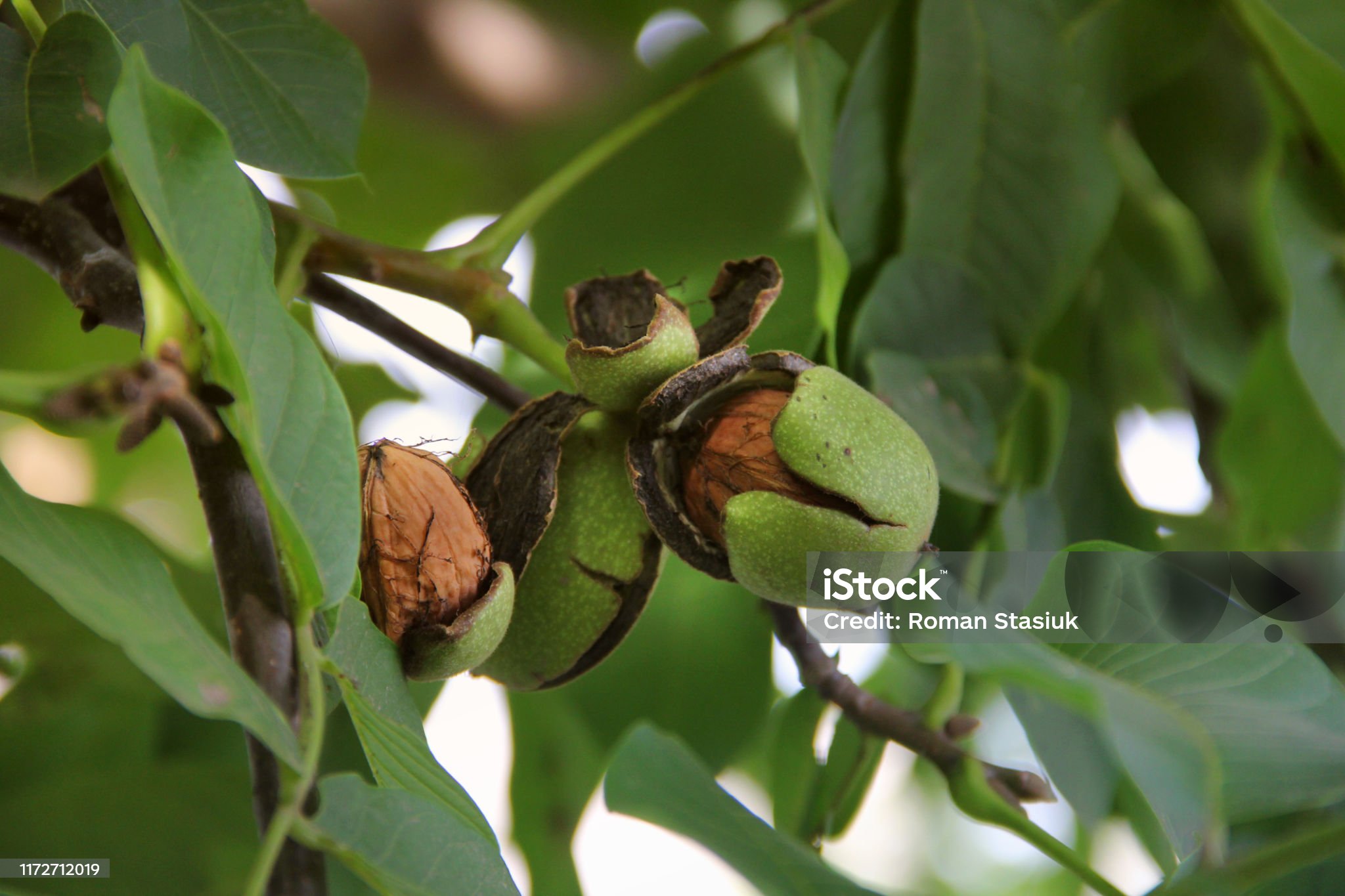Almond farming, or you can say almond cultivation, is gaining huge popularity among Indian farmers. This is because the crop has potential for profitability and sustainability in years to come. Here, we will tell you everything about almond farming in India. This will include environment and soil requirements, development techniques, harvesting, and market opportunities. Not only to grow a healthy crop but also to make a good profit margin.
A Brief About Almond Farming:
Almond farming means the cultivation of almond trees for their nutritious nuts. They are a rich source of protein, fibre, and healthy fats. That’s why people prefer to add them to their diet due to their nutritional benefits. In India, the states like Rajasthan, Punjab, Haryana, and Himachal Pradesh are the key almond-producing states. These regions have appropriate environmental conditions to grow and cultivate a plentiful yield of almonds.
Environment and Soil Requirements:
Almond trees grow well in regions with Mediterranean climates. The regions which experience hot, dry summers and mild, wet winters. In addition, when it comes to soil requirements, well-drained soil with proper air circulation and pH levels ranging from 6.0 to 7.5 is considered best. Farmers from these regions can also consider sandy topsoil or loam soil types, as these soil types also support almond cultivation. Moreover, there should be satisfactory daylight and protection from frost for successful almond farming.
Varieties of Almonds Cultivated in India:
In India, there are a number of almond varieties, which are cultivated owing to their unique characteristics and flavour profiles. Here are some of the most preferred almond varieties in India.
- Mamra:
This is one of the most preferred almond varieties in India. It is known as organic or wild almonds. Furthermore, Mamra almonds are relatively smaller in size than other almond varieties, yet they have great demand in the market for their unrivalled taste and dietary benefits.
- California Nonpareil:
Another popular almond variety is California Nonpareil. This variety is famous for its big size and sweet flavour, which makes California Nonpareil a good option for snacking and culinary purposes.
- Mission:
Last but not least, the Mission almonds variety has a slightly wrinkled texture and a rich, nutty flavour. They are often used in baking and candy stores.
Cultivation Techniques:
- Site Determination:
First of all, choose a site with well-depleted soil, proper sunlight, and protection from strong winds if you want to cultivate almonds as your next farming venture.
- Land Preparation:
After choosing the suitable land, prepare it for almond cultivation by ploughing, levelling, and adding organic manure to it in order to improve the fertility of the soil. For all these necessary agricultural practices, farmers can use a reliable John Deere tractor with compatible farming implements.
- Planting:
Now, moving ahead with the plantation of almond saplings. However, it should be done during the winter season. One more thing, maintain spacing of 6 to 8 metres between rows and 5 to 6 metres between trees.
- Irrigation:
Almond farming requires regular irrigation, especially during the flowering and fruiting stages, to guarantee proper growth and development.
- Pruning:
Farmers should not avoid pruning of almond trees once in a year. This is because it helps eliminate dead or infected branches and shape the canopy for better light infiltration and air circulation.
- Fertilisation:
As with other crops, fertilisation is important for almond farming. However, the application should contain a balanced quantity of nutrients such as nitrogen, potassium, and phosphorus to promote sound development and fruit production. To bring organic manure to the field, farmers can use a Mahindra Tractor attached to a trolley.
- Pest and Disease Management:
Protecting almond crops from pests and diseases like aphids, mites, and powdery mildew is a must if you want to cultivate a profitable almond yield. For this, you can conduct regular monitoring of the crop to look for these pests and diseases. Also, you can incorporate integrated pest management (IPM) techniques and organic pesticides to control infestations.
Harvest and Post-Harvest Handling:
The harvesting of almonds takes place in the late summer or early autumn. The time when the structures start to part open and uncover the developed nuts inside. For harvesting the mature almond crop, farmers can either do it physically or use mechanical shakers. Once the harvesting is done, post-harvesting practices start with the storage of cultivated almonds for drying and reducing the moisture content to improve their storage quality. After that, they are processed and evaluated based on size, colour, and defects prior to being packaged for sale.
Market Opportunities:
In India, the demand for almonds and almond-based items is growing due to increased consumer awareness about their health benefits. In addition, their usage in different industries like food and beverages, beauty care products and pharmaceuticals is among the reasons for the rise in demand in India. For more market opportunities, farmers can investigate domestic as well as international markets for various almond products, including raw almonds, almond oil, almond milk, and almond-based snacks.
Challenges and Opportunities:
Almond farming offers huge opportunities for Indian farmers. However, there come several challenges along with them as well. These challenges include pest and disease management, water shortage, and market fluctuations. The proper knowledge, skills, and resources can help you overcome these challenges and garner huge success in almond cultivation. In addition, you can take the help of government schemes and research and development programs. Along with the adoption of sustainable farming practices, one can upgrade the practicality and sustainability of almond farming in India.
Conclusion:
Going through the blog, you must have known that almond farming offers promising opportunities for Indian farmers. In order to increase their income sources, improve their lives, and contribute to agricultural development. With good environmental conditions, suitable soil, and increasing market demand, almond farming has a great potential to earn a hefty amount for both small-scale and large-scale cultivators. Besides the adoption of modern farming practices, utilising market opportunities, and growing potential collaboration within the community, Indian farmers can unlock the maximum capacity of almond farming and embark on a journey towards sustainable and prosperous agriculture.


